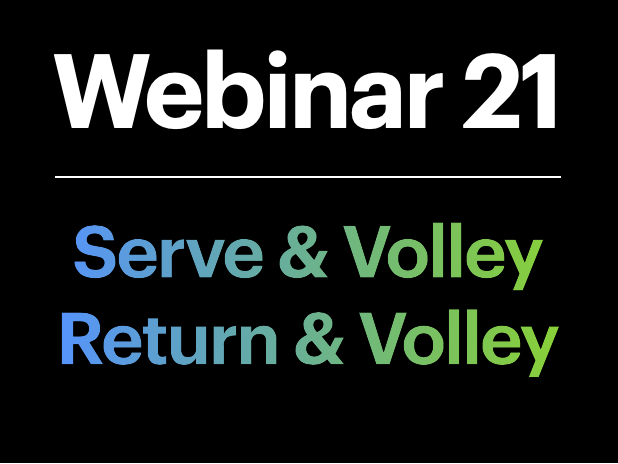
Kristen Bleakley

Sri Narsipur

Novak Djokovic





Craig O'Shannessy is widely recognized as the world leader in researching and teaching tennis strategy.
Craig has coached tennis at all levels of the game for the past 35 years. He has been the official strategy analyst for two Grand Slam events (Wimbledon & Australian Open) and worked with Novak Djokovic for three years (2017-19), helping guide the Serb back to No. 1 in the world while winning four Grand Slam titles.
Craig has also been the strategy analyst for the ATP Tour for a decade, analyzing the best players on the biggest stage in our sport. Craig has also worked as the strategy coach for the Italian Tennis Federation for the past six years, educating Italian coaches all over the country about new tennis analytics and patterns of play. He has worked alongside head coach Vincenzo Santopadre on Team Matteo Berrettini, helping guide the Italian to a career-high of No. 6 in the world.
Craig is also one of the preeminent tennis speakers in the world, teaching players and coaches the foundations of patterns and percentages. Craig has recently been the keynote speaker at tennis conferences in Melbourne, New Orleans, Munich, Hannover, Hong Kong, Rome, Milan, Turin, Copenhagen, Honolulu, Palm Springs, and Sao Paulo, Brazil.
Craig brings all of that experience to these educational webinars, using winning percentages to teach the best patterns of play when serving, returning, rallying, and approaching. Players at all levels of the game are benefitting from Craig's fun, instructional webinars.

Rich Krinks started tennis late. Now he is on a USTA National Championship Team!
"I started tennis very late as I am from Western Pennsylvania, where we play football, basketball, and baseball. I played college and pro football and never touched a tennis racquet until I was 40.
Now I am 71 and truly love the game!
My competitive desire forced me to work on my game as much as possible, so I have read every book, listened to every podcast, attended many camps, and taken many lessons. Then along comes Craig OShannessy and Brain Game Tennis, and things started to click for me. Craig has highlighted many myths I didn't know about and made it easier for me to understand my game and my opponent's game.
His latest addition of webinars has been truly invaluable.
I have been working very hard on my game, and our NorCal 65+ 9.0 Team made it to the National Championships, and we won it! I have also been to the 65+ 8.0 National Championships in the same year.
Thanks, Craig, for all of your help."
Craig - Congratulations, Rich, on your well-deserved success. You have worked hard to elevate your game, and I am so happy the webinars have been a key part of your development. Keep up the good work, mate!

Friday, Oct 24: Webinar 33 - First Strike Tennis
Thursday, Nov 2: Webinar 34 - The 8 Serve Locations
Tuesday, Nov 21: Webinar 35 - Backhand Cage
Thursday, Nov 30: Webinar 36 - Make Better Decisions
Thursday, Dec 14: Webinar 37 - 25 Underrated Tactics
Thursday, Dec 28: Webinar 38 - Aggressive Returns

$50.00 Add to cart

$50.00 Add to cart

$50.00 Add to cart

$50.00 Add to cart

$50.00 Add to cart

$50.00 Add to cart




































































































































